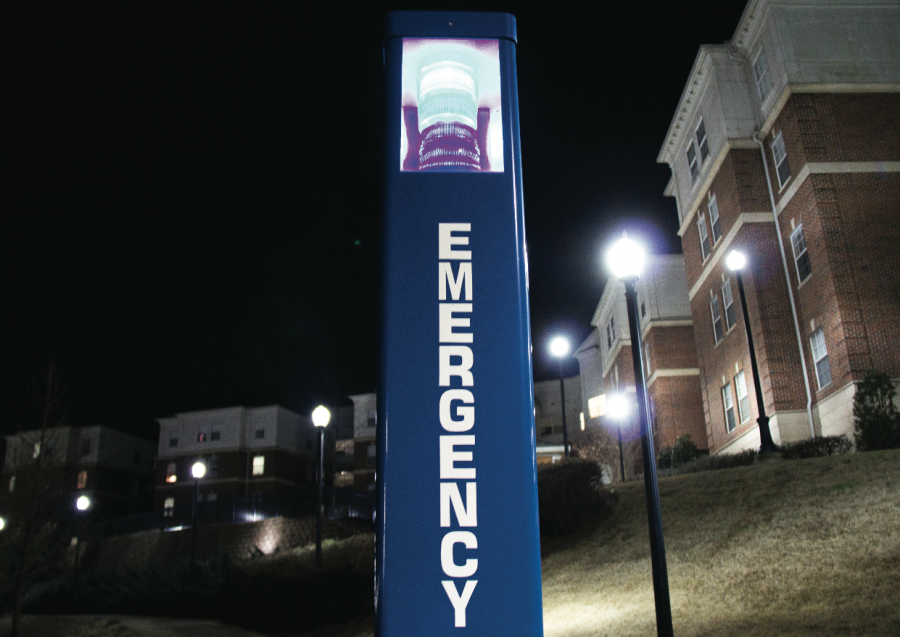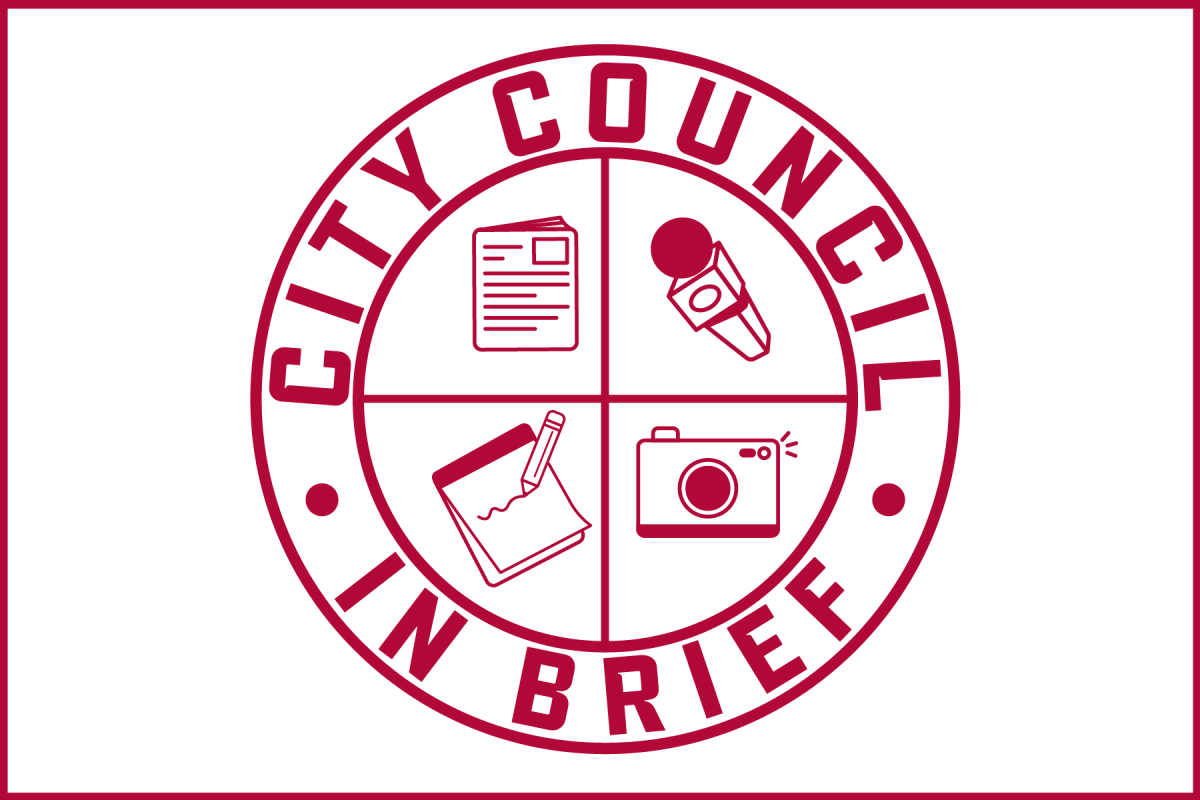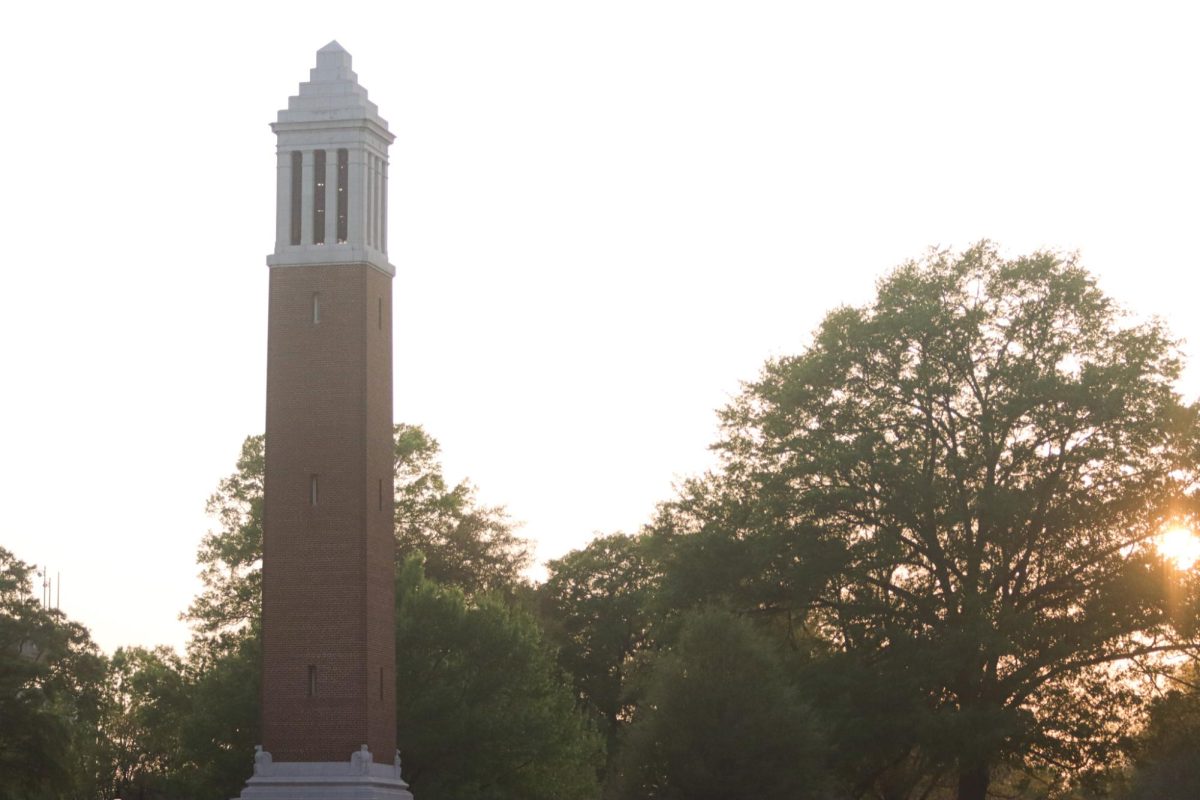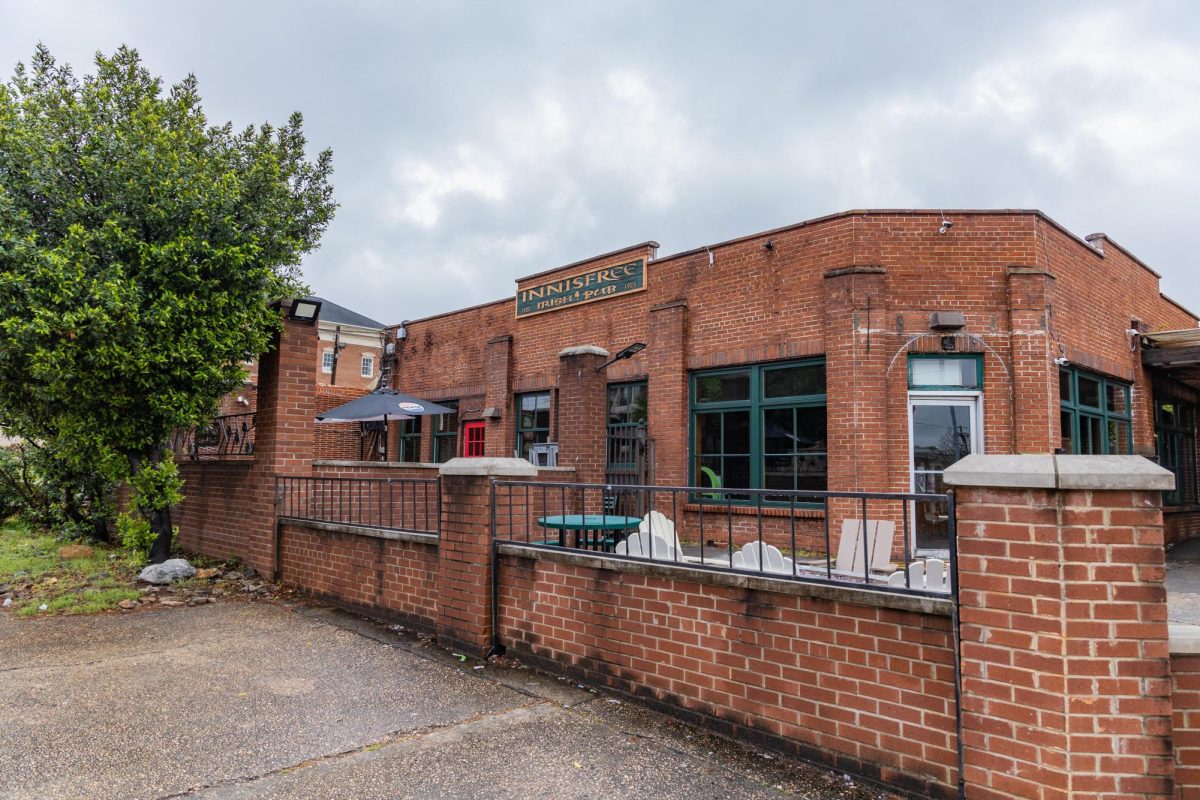By John Burleson and Rich Robinson
Although emergency blue phones still dot The University of Alabama campus, some schools in the Southeastern Conference are debating whether these emergency devices are needed.
Blue phones have a button which, when pressed, connects the caller to the institution’s call center or dispatch, much like those on campus. However, there is variation between the institutions. Texas A&M University’s blue phones allow for students to also be able to make short local calls, and the University of Tennessee’s blue phones connect to shuttle service and make regular phone calls.
The University of Alabama maintains more than 130 blue phones, according to the 2012 Annual Campus Security and Fire Safety Report. At other SEC schools, the number of phones ranges from zero to 343. The UA Office of Media Relations did not respond to requests for comment by press time.
The University of Georgia is one of the SEC schools that no longer has blue phones on their campus and has opted for other public safety measures, their police Chief Jimmy Williamson said.
“We no longer have a blue light system because it does not provide much of a service anymore,” Williamson said. “With the proliferation of cellphones and then the current call box systems being analog at the time, they began to be outdated.”
After quite a bit of research, UGA’s police department found the system was no longer necessary to maintain.
“During the mid-to-late 1980s, we installed the call boxes in areas where people thought they needed the system and got up to 30-something phones,” Williamson said. “After researching the new digital systems to replace our old analog systems, we found that they would cost upwards of $500,000 to $600,000.”
Williamson said, at the time of the research, the blue phone system had only been used six times during a seven years period.
“Afterwards, we met with a number of groups, including the student government,” Williamson said. “We decided that the money would be better spent elsewhere.”
UGA opted for other systems of public safety, which they have deemed to be more efficient for students, including cell phone apps.
“We haven’t had [blue phones] for five years, and cell phones are more common, mobile and easily accessed,” Williamson said. “Emergency notification, pre-programmed numbers and apps for smart phones which are designed for security are more economically responsible and efficient than the blue light systems.”
The University of Kentucky has also decided that the blue light phones are no longer a necessary university public safety feature.
While undergoing a number of security upgrades an appropriation granted to the campus police by their Board of Trustees, UK decided to replace the old phones with a wide-area mass notification system. The new system has the capability to call, but also alert people to shooters, inclement weather and other dangerous situations.
Joe Monroe, chief-of-police for the UK police department, said parents tend to think the blue phones are a good idea, but they are costly to maintain and tend to not really do anything because of the proliferation of cell phones on campus.
“We did a cost-benefit analysis and found that the phones do not actually give as much bang for your buck,” Monroe said.
Mark Abbott, an employee at Rath Security, an emergency communication firm in Sussex, Wis., and the largest emergency phone manufacturer in North America, estimated nearly 70 percent of college campuses have the blue phones, and affirmed they are costly to maintain.
“The total in all in cost of installing one nine foot emergency phone, 120 vac and landline would be approximately $5,000 to $6,000,” Abbott said. “The cost of our nine foot emergency phones to universities is $3,000 and the rest of the cost is for a contractor to run power and phone lines.”
Leading in today’s Crimson White:
Dodgeball games to benefit St. Jude’s









